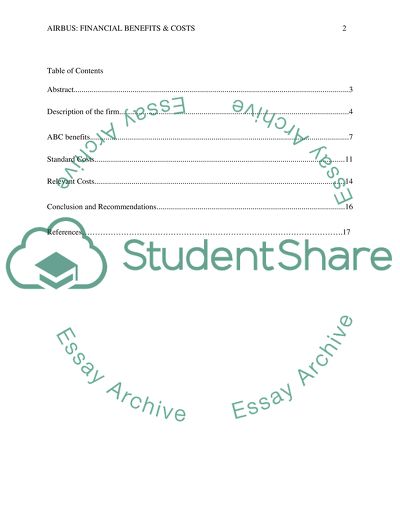Cite this document
(“Airbus: Financial Benefits & Costs Research Paper”, n.d.)
Retrieved from https://studentshare.org/finance-accounting/1398933-airbus-financial-benefits-costs
Retrieved from https://studentshare.org/finance-accounting/1398933-airbus-financial-benefits-costs
(Airbus: Financial Benefits & Costs Research Paper)
https://studentshare.org/finance-accounting/1398933-airbus-financial-benefits-costs.
https://studentshare.org/finance-accounting/1398933-airbus-financial-benefits-costs.
“Airbus: Financial Benefits & Costs Research Paper”, n.d. https://studentshare.org/finance-accounting/1398933-airbus-financial-benefits-costs.


